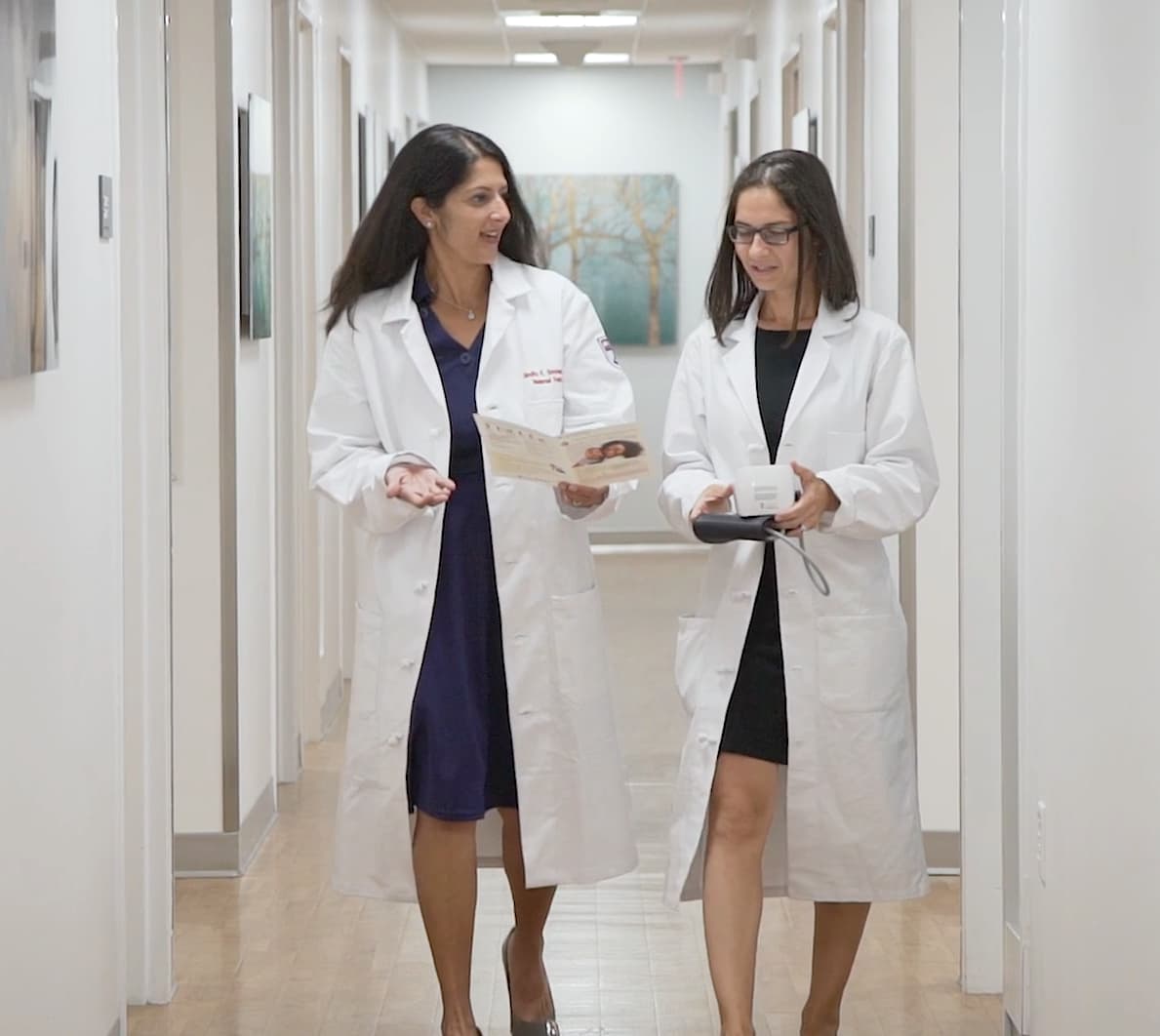-
For Health Systems
Deploy proven solutions rapidly.
Innovate on new ones at your pace.
For Innovators & Researchers
Deploy proven solutions rapidly again.
Innovate on new ones at your pace.
- Projects
- Platform
-
- Vision
- Origins
- Team
- Advisory Board
- Affiliations
About Us
Learn more about our origins and team
- Documentation
- Support Desk
- IRB Templates
- Legal
- Security Policies & Procedures
- Release Notes
Resources
Resources to help you do more
- Press
- Peer reviewed publications
Press & Publications
Peer reviewed publications and news mentions.
- Careers
- Blog
- Request a Quote


